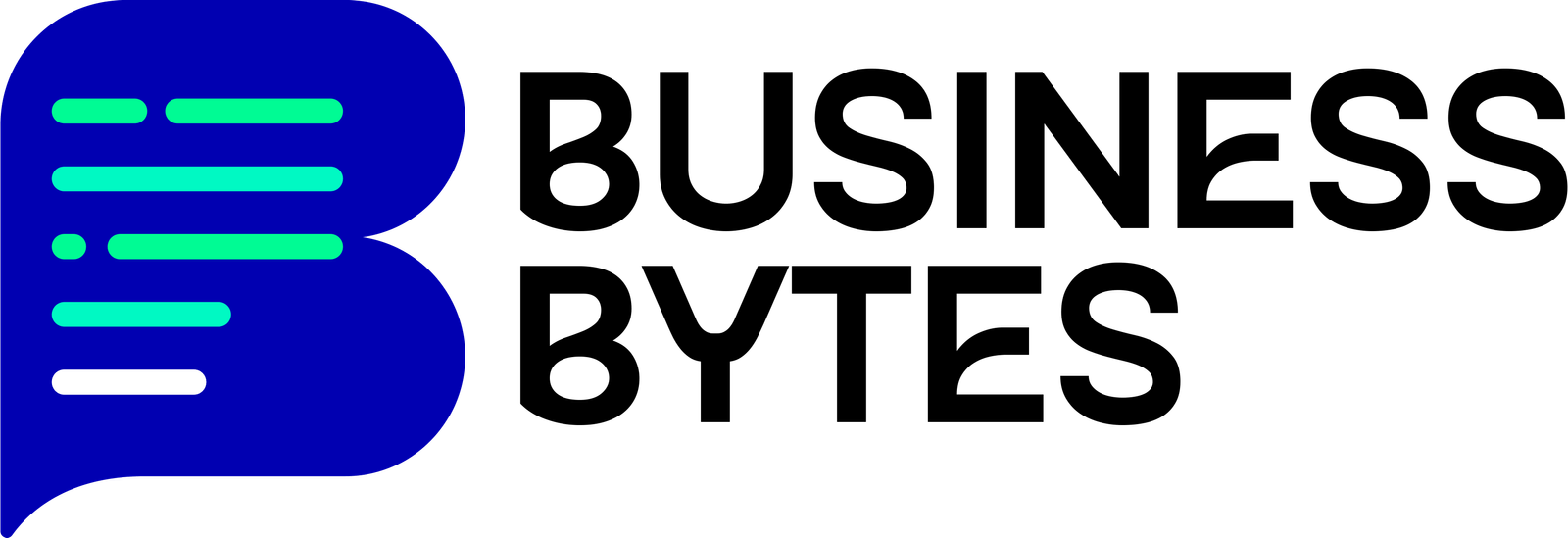In the latest evaluation of solar technology advancements, TÜV Rheinland, a globally recognized testing and certification authority, has verified that LONGi’s HPBC 2.0 (Hi-MO X10) modules deliver superior anti-shading performance compared to mainstream TOPCon modules. Under identical shading conditions, TÜV Rheinland found that the HPBC 2.0 module experienced much lower power loss and a markedly smaller local temperature increase than TOPCon modules. In some cases, the difference in hot-spot temperature between the two technologies reached as much as 77°C. The findings highlight how technical innovation in module design can directly address one of the most persistent challenges in solar power generation: shading.
Shading remains one of the major operational risks in photovoltaic (PV) systems. While planners can often avoid static shading from buildings or surrounding terrain, random obstructions such as bird droppings, leaves, dust, or snow continue to affect solar installations worldwide. Even minor shading can result in significant efficiency losses.

Experts describe this as the “barrel effect,” where the weakest cell in a string limits the output of the entire module. Fielr sector continues to expand globally, addressing shading has d studies show that shading only five percent of a solar module’s surface can cause over 30 percent loss in power generation. Beyond efficiency, shading can also compromise safety. When shaded cells consume rather than generate electricity, they can overheat, sometimes exceeding 100°C, accelerating material wear and increasing risks such as potential-induced degradation (PID) or DC arcing.
For power plant investors, these issues translate into lower generation, shorter module lifespan, and a reduced rate of return. As the solabecome critical to ensuring the long-term reliability and financial performance of solar assets.

LONGi’s HPBC 2.0, part of the company’s Hi-MO X10 series, introduces a “weak conduction” design that allows each cell to independently manage current flow. When shading occurs, the affected area automatically bypasses the blocked current, limiting power loss to the shaded region without triggering the module’s bypass diodes. This reduces both total output loss and temperature rise, a refinement validated by TÜV Rheinland’s comparative testing.
The certification from TÜV Rheinland adds to a growing body of independent data supporting the reliability of back-contact (BC) technology. Earlier this year, LONGi’s Hi-MO X10 series earned an A+ rating from TÜV Rheinland for anti-shading performance under point-like shading conditions such as bird droppings and dust. In September 2025, the National Center of Supervision and Inspection on Solar Photovoltaic Product Quality (CPVT) granted the Hi-MO X10 the “Three-Proof” Certificate, covering fireproofing, anti-shading, and anti-dust accumulation.

According to CPVT testing, when half of a single cell was shaded, the Hi-MO X10 module’s average power loss was approximately 10.15 percent, compared to nearly 36.5 percent for TOPCon modules, a difference that further emphasizes the practical benefits of advanced back-contact designs.
The advantages of strong anti-shading performance are not just theoretical. In Shanghai, the production facility for the century-old brand Ovaltine faced rooftop obstacles such as lightning rods and ventilation ducts that caused frequent localized shading. The site adopted Hi-MO X10 modules for a 0.67 MW rooftop installation, which has since improved output stability and significantly lowered annual electricity costs.

In Thailand, a 974 kW solar project developed by PPE Solar for Chumponwarin Part., Ltd., near Bangkok, faced similar challenges from overhead power lines. The use of Hi-MO X10 modules enabled consistent performance even during the rainy season, reducing monthly electricity expenses by roughly one-fifth.
As the energy transition accelerates, solar developers are seeking technologies that maintain stable performance under real-world conditions. TÜV Rheinland’s independent evaluation suggests that innovations like HPBC 2.0’s current management design can play a crucial role in improving both safety and efficiency, particularly for distributed rooftops and environments prone to partial shading.
The certification also signals a broader industry trend: the growing importance of third-party validation for technologies that promise not just higher efficiency, but also durability and reliability across a system’s full lifecycle. By focusing on shading resilience, a factor often overlooked in conventional performance metrics, the PV sector is taking another step toward making solar energy more predictable, secure, and economically viable in diverse conditions worldwide.

